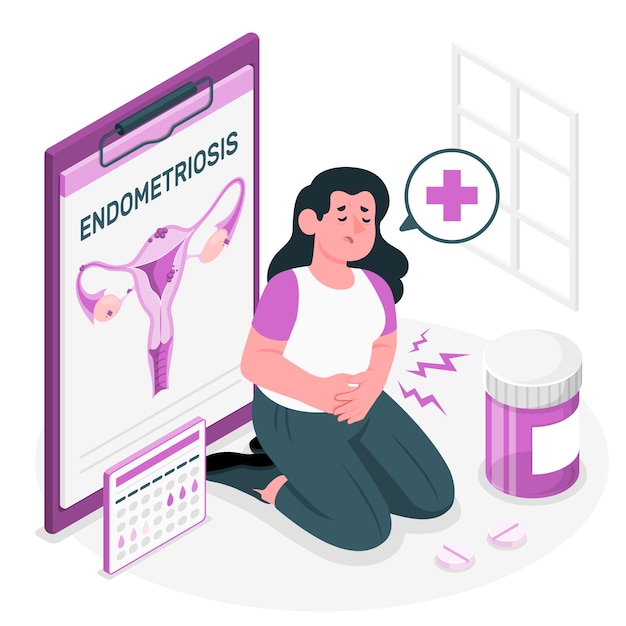
Pelvic inflammatory disease (PID) is an infection affecting women’s reproductive organs, including the uterus, ovaries, fallopian tubes, and cervix. It occurs when bacteria, often from sexually transmitted infections (STIs) like chlamydia or gonorrhea, enter the vagina and spread. If untreated, PID can lead to serious complications, such as infertility, chronic pelvic pain, and even life-threatening infections if it spreads further. It’s a common condition in the U.S., with around one million women affected annually.
PID doesn’t always come with noticeable symptoms, making it hard to detect early. Some women might experience lower abdominal pain, unusual vaginal discharge, pain during sex or urination, fever, or irregular bleeding. More severe cases can cause intense pain, fainting, or a fever over 101°F, requiring immediate medical assistance. Even when symptoms are mild or nonexistent, delaying treatment can increase the risk of complications like ectopic pregnancy and scarring in the reproductive organs.
The risk of developing PID is higher for sexually active women under 25, especially those with multiple sexual partners or partners who have other partners. Other factors, such as using an intrauterine device (IUD), douching, or having a history of PID, can also contribute.
To diagnose PID, doctors typically perform pelvic exams, take swabs from the cervix or urethra, and may order blood or urine tests. Imaging tests like ultrasounds or procedures like laparoscopy might be done to check for inflammation or scarring.
Treatment for PID usually involves antibiotics to tackle the bacterial infection. Since the doctor may not know the exact bacteria responsible, a combination of antibiotics is often prescribed. It’s essential to complete the entire course of medication, even if symptoms improve quickly. For severe cases, hospitalization may be needed for intravenous antibiotics or, in rare cases, surgery to address complications like abscesses.
Preventing PID starts with practicing safe sex, such as using condoms and getting tested regularly for STIs. Avoiding douching and taking steps to reduce the risk of infections can also help. If you suspect you have PID or notice symptoms, seeking prompt medical care is crucial to avoid long-term health issues like infertility. If you’ve already been diagnosed with PID, it’s important to ensure your partner gets tested and treated as well to avoid reinfection.
While PID can be serious, early detection and treatment significantly reduce the likelihood of complications. Most women recover fully with proper care, but some may face challenges with pregnancy or long-term pain. Following through with treatments, regular checkups, and preventive measures can help maintain reproductive health and minimize future risks.